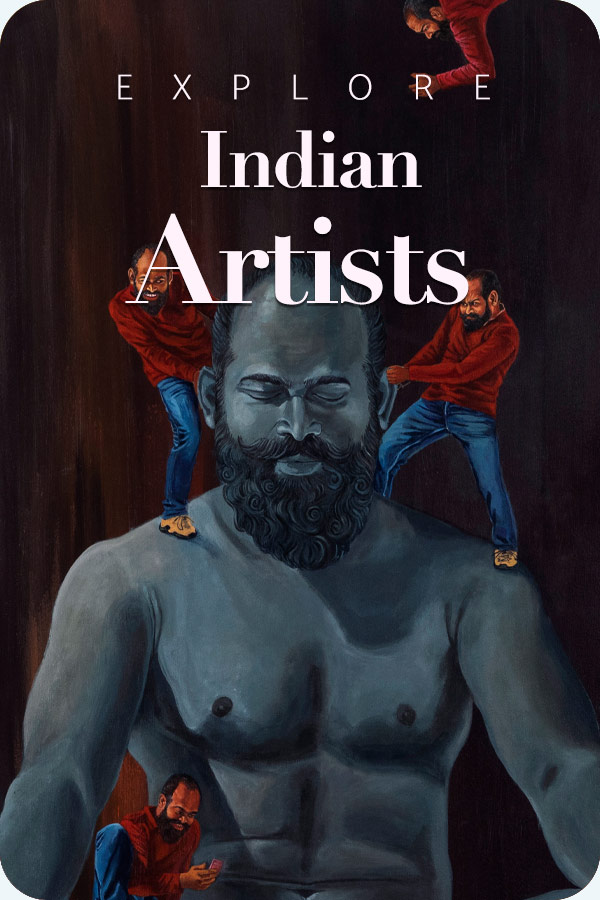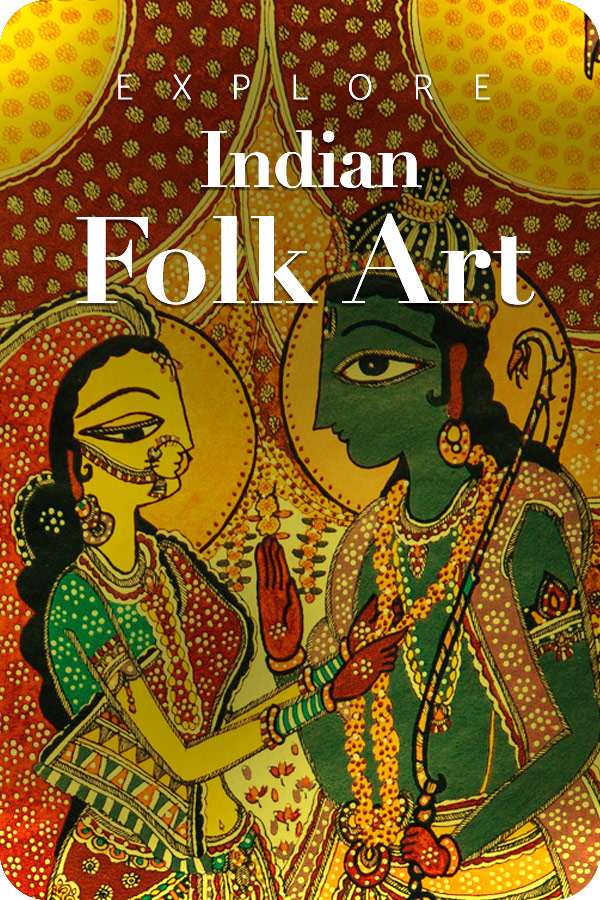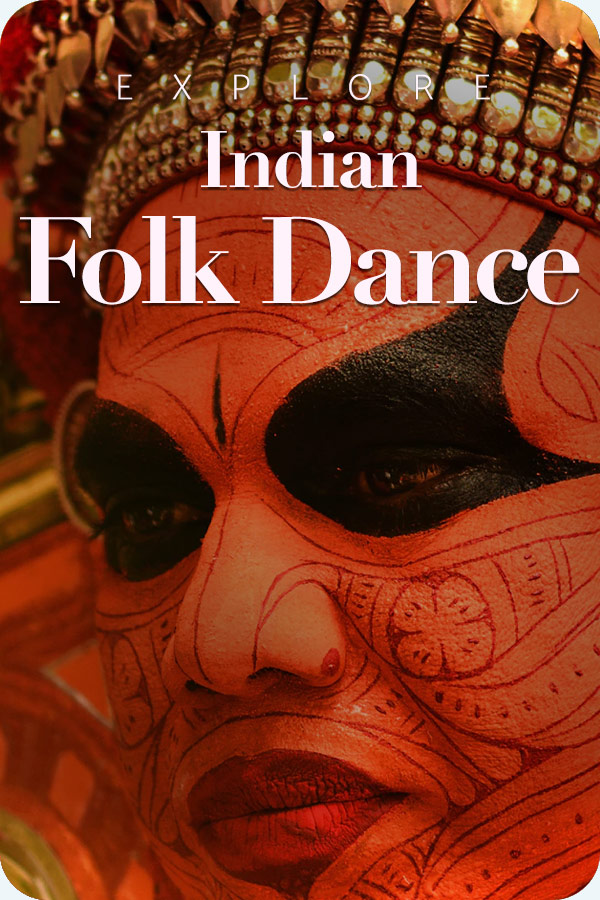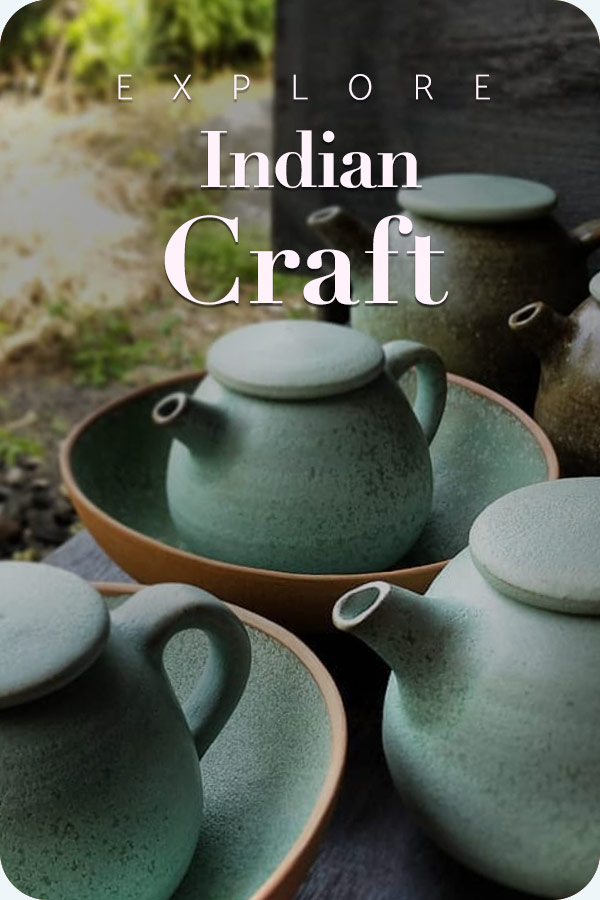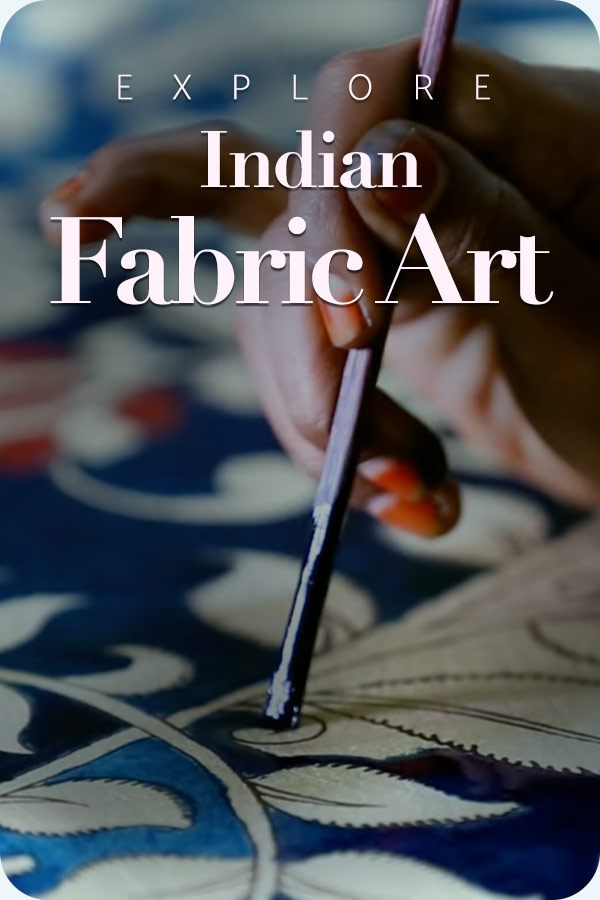
When we think of dance of India, we usually get images of many popular dances like Garba, Bihu, Bharatanatyam, or Kathak. But have you ever heard of Goravara Kunitha? Sounds different right! Yes! The dance is as vibrant and energetic as its name sounds. It is one of the major folk dance forms from the big list of Karnataka’s folk dances.
Goravara Kunitha is not just a folk dance; it represents a captivating blend of music, movement, and spirituality. This unique traditional dance form of Karnataka exhibits the cultural heritage of the Gorava Community and their pure devotion to Lord Shiva. In this article we try to explore the tradition of Goravara Kunitha through its history, notable features, and lasting significance.
| Dance Details | Description |
|---|---|
| Name of the Dance | Goravara Kunitha |
| State | Karnataka |
| Region/Community | Gorava community in Mysore and north Karnataka. |
| History/Purana | Devotional dance of the Gorava community, associated with Sri Mylara Linga a form of Lord Shiva. |
| Traditional Attire | Simple attire with bear fur headgear, dhoti, and shawls. Men also wear kavade Sara and Rudrakshi mala. |
| Musical Instruments | Damaru, Pillangovi, Gejje and Gante |
| How it is Performed | Group of 10-11 men perform with rhythmic movements, singing, and foot tapping to create a trance like state. |
| Culture Significance | Celebrates devotion to Lord Mylara Linga, emphasizing religious unity and community bonding. |
| Spiritual Significance | Symbolizes the connection with divine energy, offering prayers and seeking blessings. |
| Where to Witness | Mainly in rural areas of Karnataka, during annual fairs and temple festivals. |
What is the History of Goravara Kunitha?

Goravara Kunita refers to the words as “Gorava” refers to the followers of this sect, while “Kunitha” means dance.
Goravara Kunitha originated from the Kuruba community seen around Mysuru and north karnataka region, Goravas are the followers of god Sri Mylara Linga, a form of Lord Shiva. People from Kuruba community are given Deeksha to become a “Goravayya” who dedicates his life to Lord Mylaralingeshwara and performs Koravara Kunitha.
According to puraans, two brother demos, Mallasura and Manisura performed intense penance to get a boon from lord Brahma which gave them the power of invincibility. To save the world from their atrocities Lord Shiva took the avatar of Mylaralingeshwara and defeated them with the help of a large group (Seven Crore) of Goravas and Devi Parvati.
What are the Traditional Attire of Goravas?

An initiation ceremony is performed to give deeksha to young men of the Kuruba community, the event involves a Guru (Head of Goravas) who will bless the boy and accept him as a Goravayya. After the Deeksha the young men will be given a woollen blanket, the symbol of Kuruba community. And accessories like below are presented.
- Gante (jingle)
- Jolige (bag)
- Bandara (holy Turmaric powder)
- Kaalu Gejje (Anklets)
- Nagabetha (wooden stick)
- Dhone (bowl)
- Damaru (small drum)
- Pillangovi (flute)
Along with the above accessories he will be made to wear a red top , a head gear made up of black bear fur and a Kavade Sara before taking the oath to serve the deity and community.
What are the Musical Instruments used in Goravara Kunitha?

Goravara Kunitha is a group performance, the group usually consists of 10-11 men performing to the energetic sound produced by the traditional musical instruments like Damuru, pillangovi and gante.
- Rhythm & Beats: Goravas use Damaru a small hand held drum linked to Shiva produces a unique hypnotic sound that creates the right atmosphere for the dance performance. Dancers also wear Kaalu Gejje (anklets) to produce the sound that syncs with the Damuru sound.
- Melody & Chants: The group members use Pillangovi (flute) that adds a melodic layer to the beats of Damuru. The troupe also sings the songs glorifying Mylara Linha, enriching the overall experience.
- Folklore Theme: The music is deeply rooted in Indian Puranas which include rich tales involving regional deities like Mylara Linga, Mante Swamy and Male Mahadeshwara.
The music of Goravara Kunitha is so rich that every beat takes the dance to the next level and the synced steps of the dancers are so perfect that viewers get hooked to the performance evoking a sense of devotion and celebration.
How is Goravara Kunita Performed?

Goravara kunitha is performed in lively rhythmic movements, the dance is often performed in a group, they produce energetic music and dance in a circular pattern. The performance is characterized by several notable features:
The Dancers often enter a trance like state, reflecting the spiritual connection with their deities. Also the dancers mimic the moments of animals leaping and crouching, rapid spinning and dizzying speed is a signature style of Goravas that captures the audience’s sight.
The group also tries to involve the audience by inviting them to participate and get the blessings. Though the dance moments look repetitive, they never fail to captivate spectators due to their intensity and spiritual passion.
During small private ceremonies devotees offer milk in small bowls along with bananas placed on a woollen blanket, the performers decorated in bandaras dance around the offering and eat it in the end laying flat on the ground without touching it with hand.
What is the Significance of Goravara Kunitha?

Goravara Kunitha has both cultural and spiritual connection to its people and region.
- Spiritual Significance: The dance carries a deep symbolic meaning that represents the connection between physical and spiritual realms, the dancers act as mediators of two worlds with their trance like performance echos the cosmic dance of Shiva Tandava that embodies the symbols of birth, death and inbetween. The dancers capability to transcend beyond the ordinary world displaying pure devotion that stir the emotions of the audience.
- Cultural Significance: In Kuruba community Goravara Kunitha is not just a dance performance, it has great communal responsibilities. The dance is usually performed during grand festivals like Mahashivaratri and other small village fests, becoming a focal point for celebrations and reunions. It also acts as the medium of transferring oral tradition. The stories and teachings connected to Lord Shiva are passed through these performances.
What are the Challenges Faced by Goravara Kunitha?
Goravara Kunitha, like many classic art forms, is facing difficulties in the present world. Due to the paradigm shift in people’s lifestyle have led to a decline in the number of practitioners active in this dance. Young coevals often interpret it as obsolete, raising questions about its sustainability as a social practice.
However, different programs are working to revive and maintain the current trade arrangements. Towards the development of Goravara Kunitha, a number of traditional Karnataka companies set up workshops, festivals, and performances in towns to promote Goravara Kunitha. Moreover, to understand the current dance expression, it is necessary to allow people with no previous experience to set up shows and television activities.
How Goravara Kunitha Influences Modern Art?
Contemporary artists and performers are inspired by Goravara Kunitha’s vibrant energy and religious depth. Their active movement has influenced modern dance stage dancing, while the trance-like quality of the dance has discovered their way into experimental theatre and music. Moreover the motifs of Goravara Kunitha have found their way into various forms of creative expression.
Where to Witness Goravara Kunitha?

To witness the real essence of Goravara Kunitha, the best way to see it is during the festival period in rural Karnataka. During their festival, they often play in the countryside around the Shiva temple in Mailaralingeshwara.
For those who are unable to travel, ethnic festivals in towns often include Goravara Kunitha as part of their program. Keep an eye on the Karnataka Department of Heritage or Home Creativity Council for special occasions.


